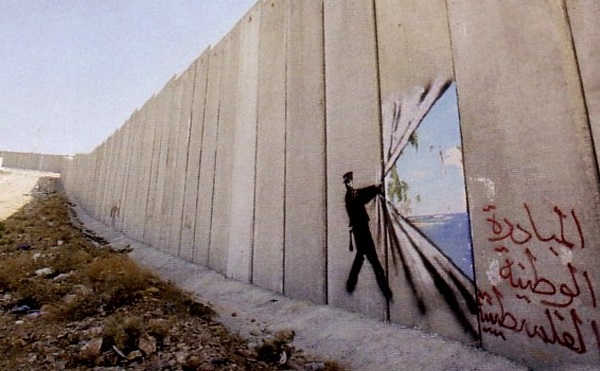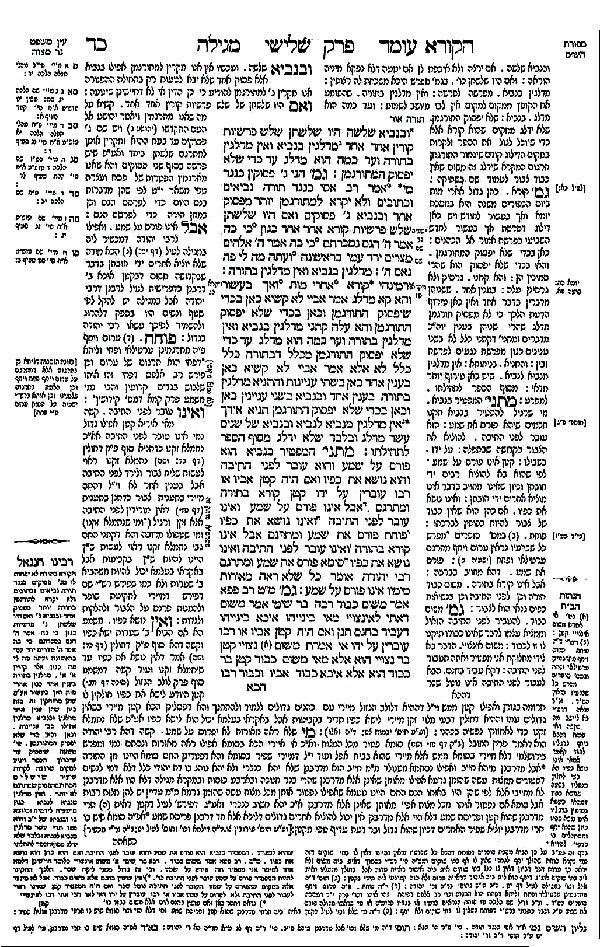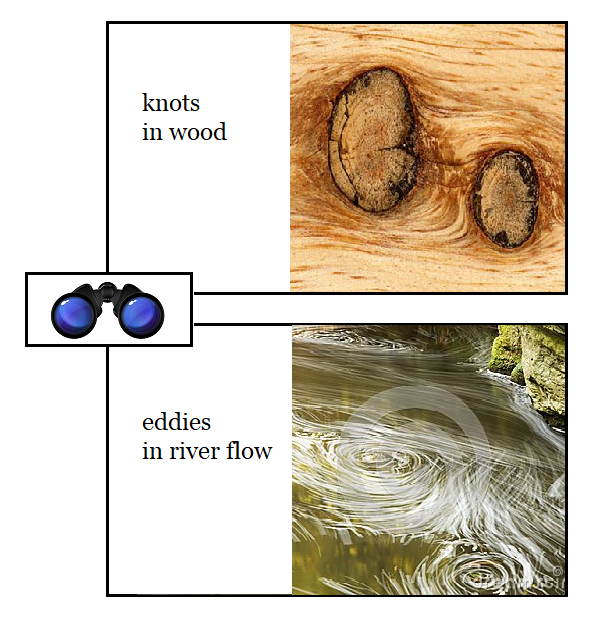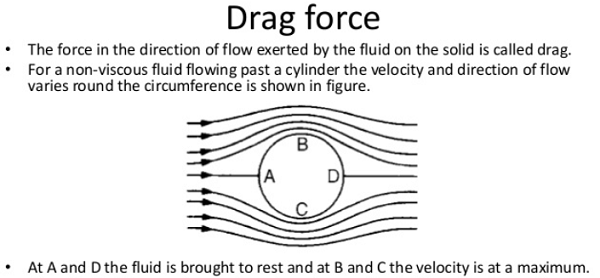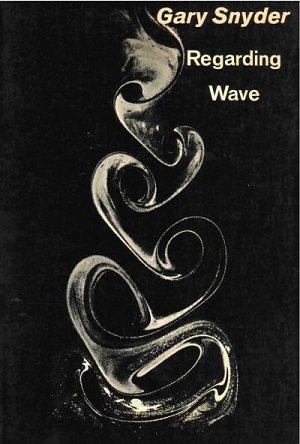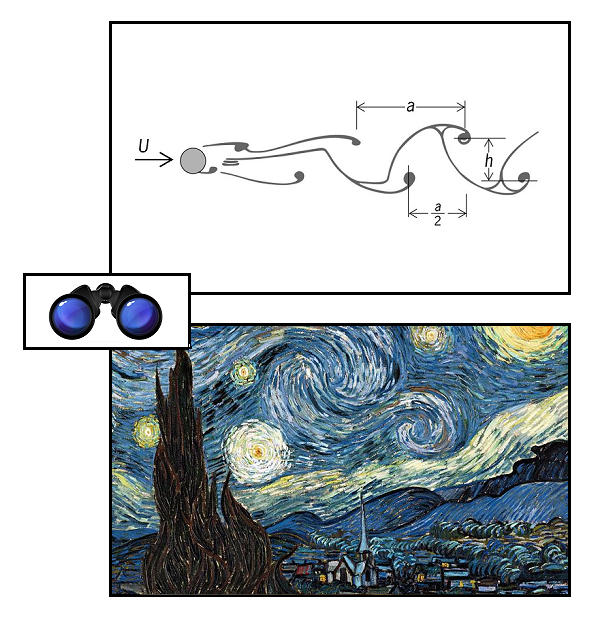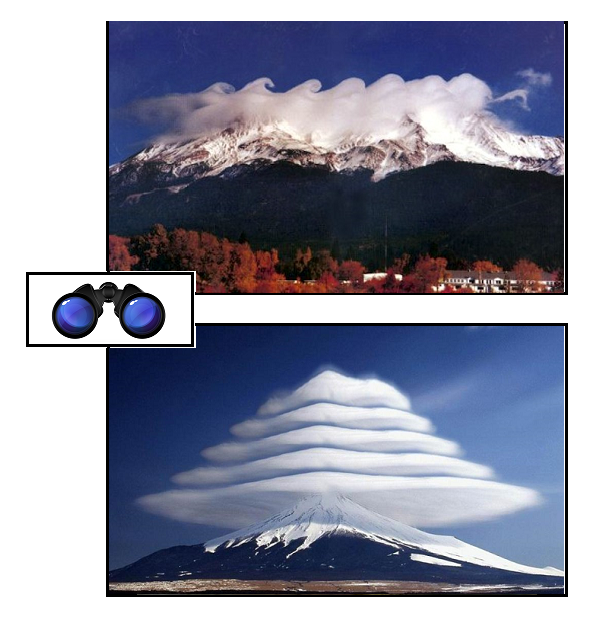Far more severe than the Israeli occupation?
Thursday, February 15th, 2018[ by Charles Cameron — an invitation to explore some suggested comparisons — Afghanistan, too ]
.
ben wittes, lawfare blog
**
I generally find Ben Wittes’ Lawfare blog worth reading, and was accordingly struck when I read The Methodology of Historical Misrepresentation and came across this paragraph:
There is a widespread tendency amongst scholars, journalists, and legal experts to app double standard when relating to Israel and the Palestinians. Israel is often singled out for prejudicial treatment in comparison to cases far more severe than its occupation of the West Bank and Gaza since 1967, such as the killing in Syria of over half a million people, the hanging of hundreds of dissidents in Iran every year, the Chinese occupation of Tibet, Russian behavior in Chechnya, Syria, and Ukraine, and countless other human rights infringements infinitely worse than the Israeli occupation and settlement movement.
That wasn’t, I’ll admit, what I expected when I read the post’s title: in the context of the Israeli/Paalestinian issue, I could iagune the misrepresentation might be found in Israeli hasbara as easily as in Mahmoud Abbas‘ tendency to say things about the “occupied territories” that only include the West Bank and Gaza when addressing English-speaking audiences, and the whole shebang including Tel Aviv when speaking in Arabic — as repeatedly shown by Itamar Marcus of Palestinial Media Watch
**
That said, I’d be interested in specific comparisons in detail, one at a time, between these levels of documented human rights infringements..

For instance, the Israelis have established “facts on the rgound” in the form of both settlers and their sccompanying schools, synagogues, etc within the Palestinian und, with military enforcement, while the Chinese appear similarly to have established “facts on the ground” in Tibetan territor in the form of both settlers and their institutions, militarily enforced.
Howw can one compare these two situations in greater detail, fairly?
Israel separation wall in West Bank
**
The first problem any such attempt will encounter is that both sides will produced partisan accounts of history, law, populations, etc, and that accounts by “honest brokers” are desperately hard to find — I mean, educate me in the comments section.
I’ve tried to propose a graphical/typographical system for conducting bilateral debates.. but maybe the Talmud is not ideal for these particular debates..
Talmudic page
Specifically, I took my early inspiration from the Talmud because it explicitly llows divergent viewpoints in its graphical format, as explained by Eliezer Segal on his interactive (ie clickable) Page from the Babylonian Talmud. But perhaps the Talmud is not the ideal basis for these particular debates, in which the Israelis (often deeply influenced by forms of Judaism) are one of the contending parties…
In any case, how, with all the affordances of the web, can we provide a space in which written debates can be refined in light of written (and equally valued) responses, iteratively, so as to provide a record for ongoing dialogue, with both sides equitably represented, and able to respond point by point whwere they disagree or wich to provide additional material, and to agree where they agree.
I am encouraged to know what such a format can eventually produce a document where twwo adversaary-friends collaborate, because of the collaboration of Mustafa Hamid and Leah Farrall, friend of Mullah Omar and OBL and Australian Federal Police AQ expert respectively, on their book, The Arabs at War in Afghanistan, in which some sections indicate that the two co-authors were agreed on theie contents, while some sections are attributed to Mustafa alone, and some to Leah likewise. Two adversaries first meet on the net, then in person in Alexandria, Egypt, then after months and months of collaboration, and no doubt much excellent coffee — this book!
**
PS & NB:
Ben Wittes has notably and repeatedly challenged Vladimir Putin to a martial arts match: I’ll Fight Putin Any Time, Any Place He Can’t Have Me Arrested.
That would be something to watch on both RT and MSNBC!
Global politics might never be the same if the #fearlessshirtlessone answered @benjaminwittes's challenge!
— Anne-Marie Slaughter (@SlaughterAM) October 17, 2015

